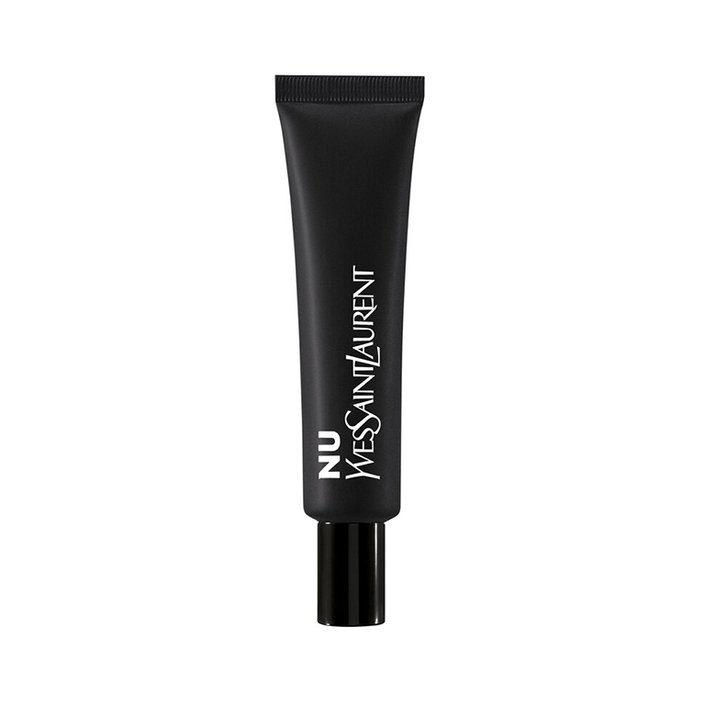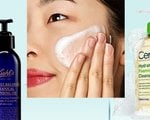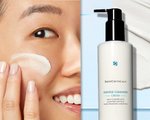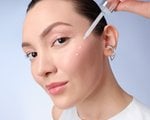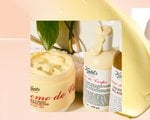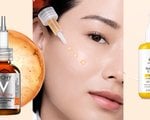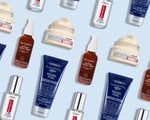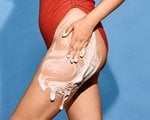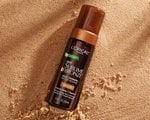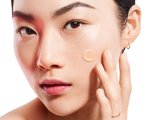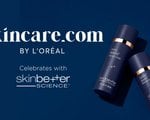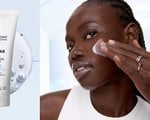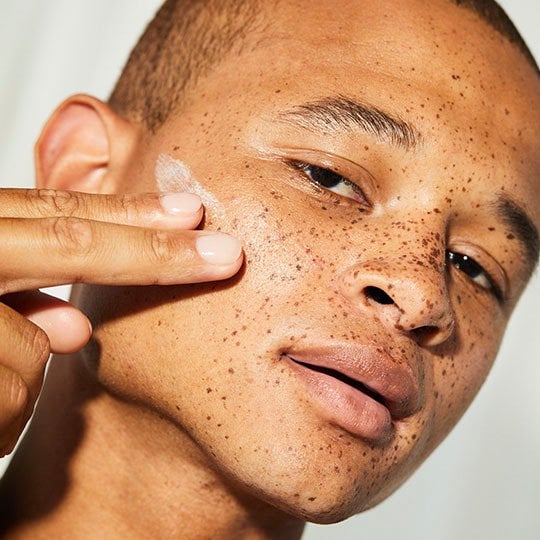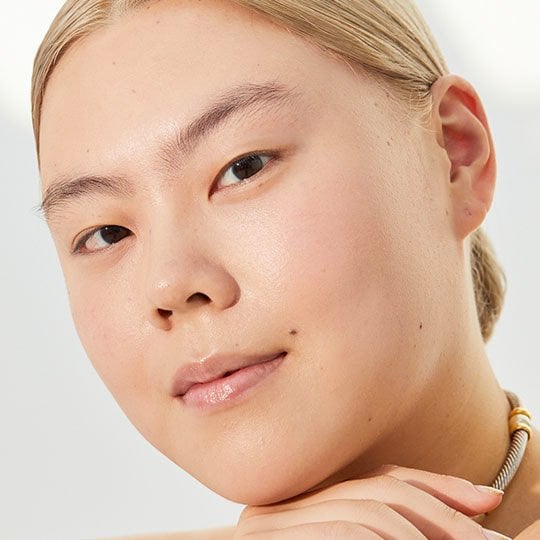A Breakdown on Sebum and Why It’s Actually Good for the Skin
February 08, 2023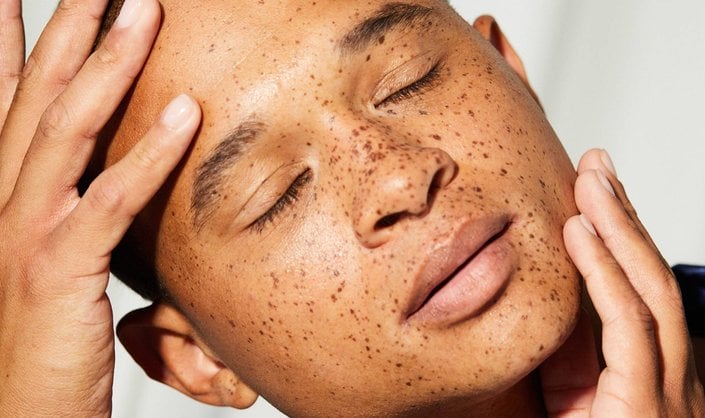
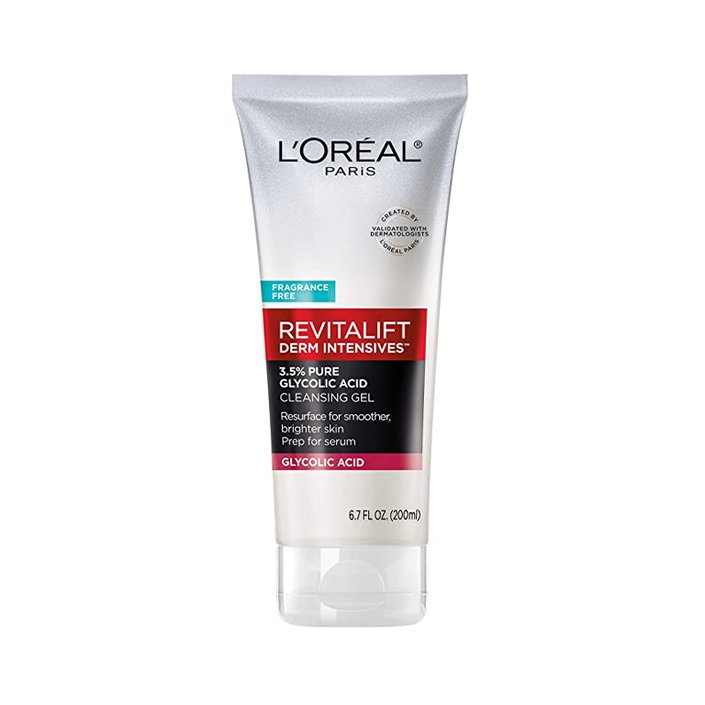
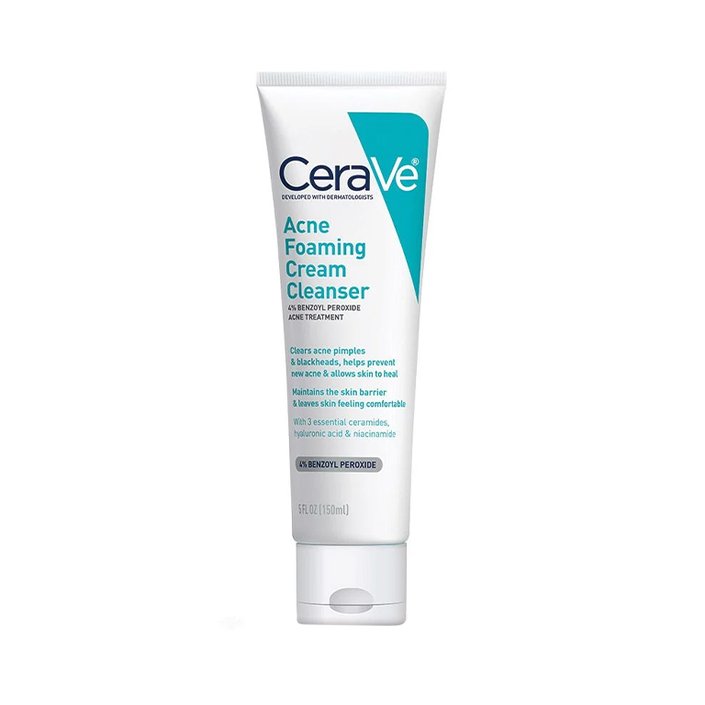
Tone With Witch Hazel
Toner used to have a bad rep for being astringent and harsh, but that is no longer the case for newer formulations. The Thayers Unscented Facial Toner is an alcohol-free, non-drying toner that balances the skin post-cleansing, reduces pore size and smoothes texture, all while helping the skin to retain its natural moisture. This particular one has an unscented formula and includes aloe vera to soothe the skin tone and glycerin to draw in moisture.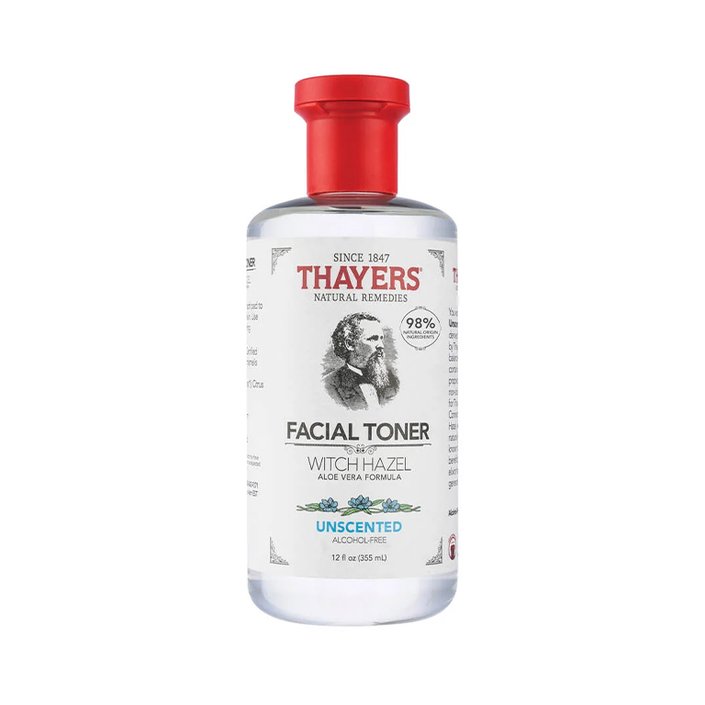
Exfoliate With Beta-Hydroxy-Acids and Alpha-Hydroxy-Acids
Regular exfoliation, whether it be with a manual scrub or a chemical exfoliant, is a must for all skin types. If you have oily skin, then you’re likely no stranger to salicylic acid. Salicylic acid is a type of BHA that helps to control sebum while buffing away dead skin cells and oil buildup that lead to blackheads and acne. The IT Cosmetics Bye Bye Breakout Salicylic Acid Acne Serum contains salicylic acid, along with lactic acid (an AHA) to gently resurface texture and balance the skin as it keeps oils at bay.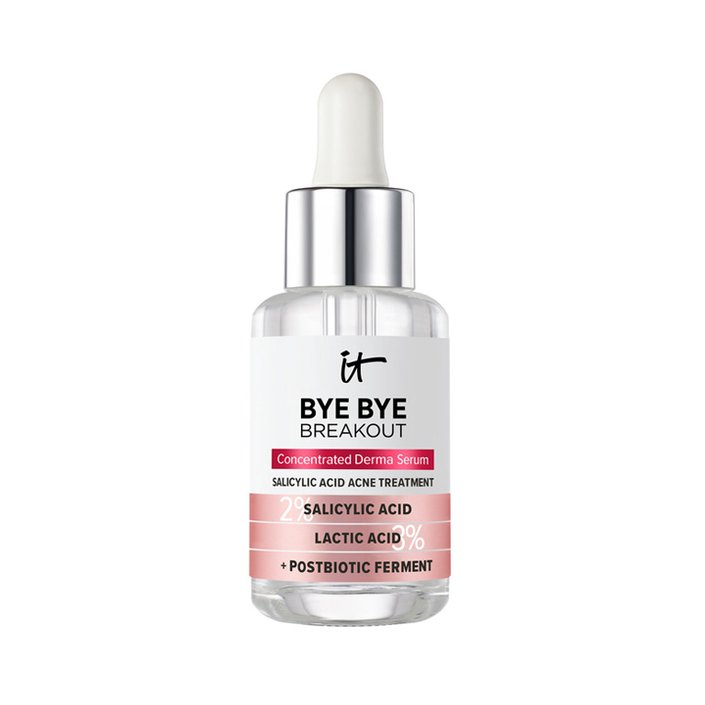
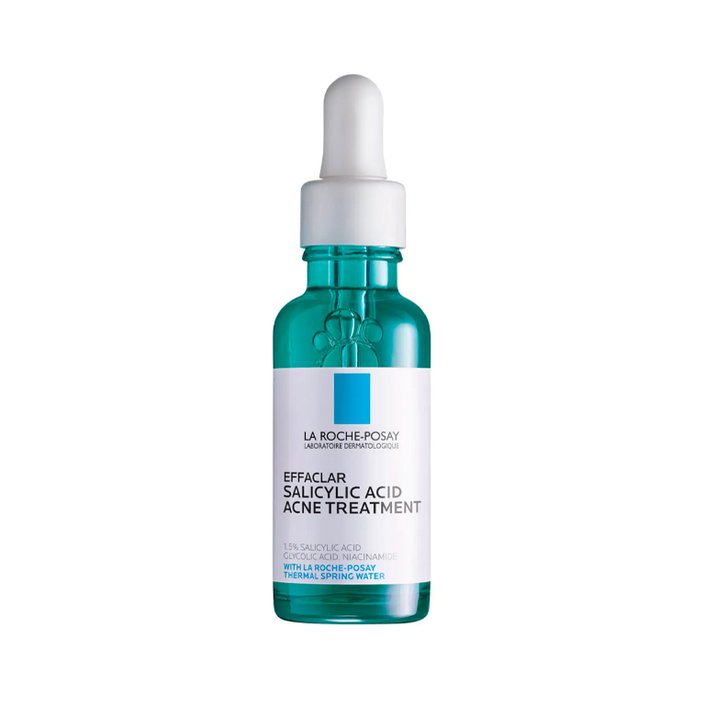
Treat With a Clay Mask
If you have oily skin, a weekly clay mask treatment is a great way to draw out excess oils and impurities from your pores. The Kiehl’s Rare Earth Deep Pore Minimizing Cleansing Clay Mask contains two types of clay — kaolin and bentonite — to absorb excess oils and detoxify skin. It also works to unclog pores and blackheads, while leaving the skin visibly smoother.
The Youth to the People Superclay Purify + Clear Power Mask is another option that is formulated with salicylic acid and three different types of clay to balance the skin tone, deeply exfoliate and absorb excess oils that can trigger breakouts. The purifying formula also includes niacinamide to reduce pore size and support the skin barrier.
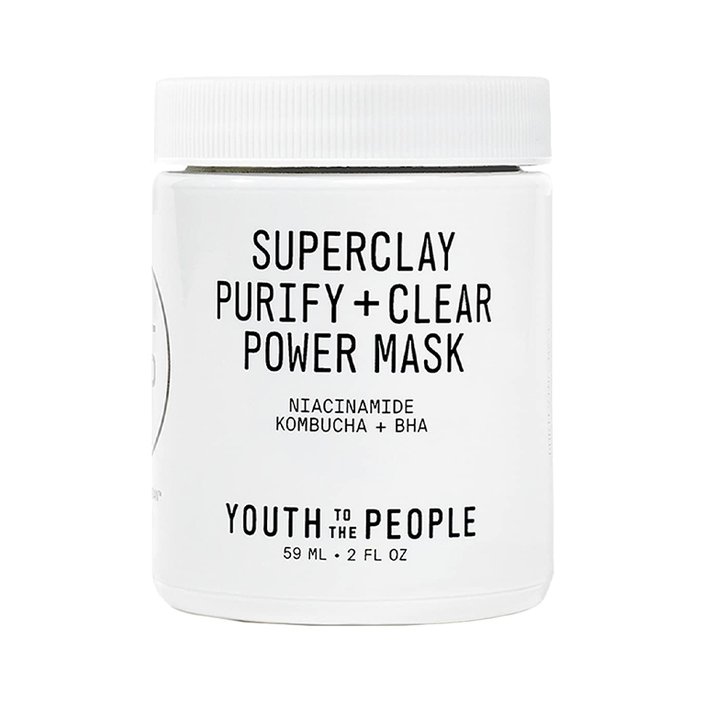
Stay Hydrated With an Oil-Free Moisturizer
While you may be tempted to forgo moisturizer entirely if you deal with excess oil, this can actually make your skin even more oily. To avoid this, moisturize your skin using an oil-free formula, like the Vichy Normaderm Phytoaction Acne Control Daily Moisturizer. It’s formulated with salicylic acid, vitamin C and hyaluronic acid to hydrate the skin while targeting excess oil and potential acne blemishes. Plus, it has a lightweight texture that is quick to absorb into the skin and doesn’t feel heavy or sticky.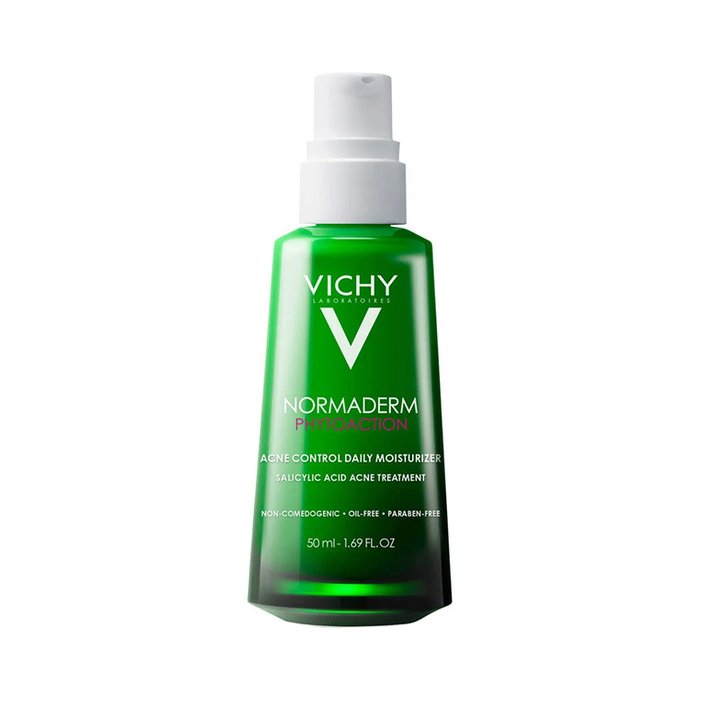
Use a Mattifying Makeup Primer
If a greasy complexion is a constant threat to your makeup look, try a mattifying skincare-inspired makeup primer. We love the YSL Beauty Nu Blotting Lotion, a detoxifying primer with a breathable gel formula that works to reduce shine and minimize pores. The formula includes salicylic acid and works under foundation to manage oils and reduce pore size, or on its own for a natural look with minimal shine. If you’re looking for a drugstore option, the L’Oréal Paris Prime Lab Up to 24H Matte Setter extends your makeup wear for up to 24 hours while it minimizes shine and smooths skin texture.